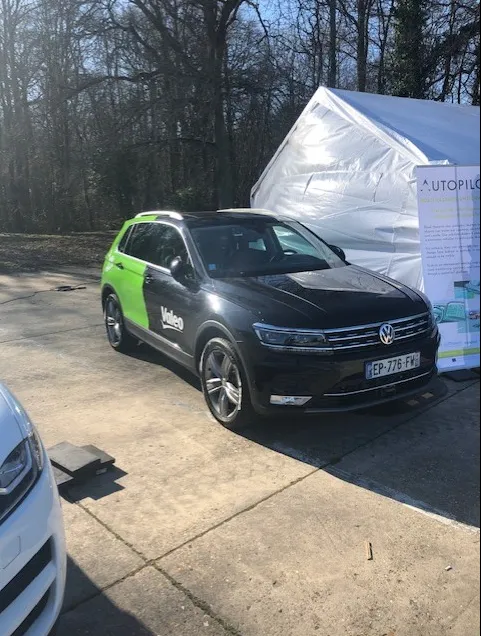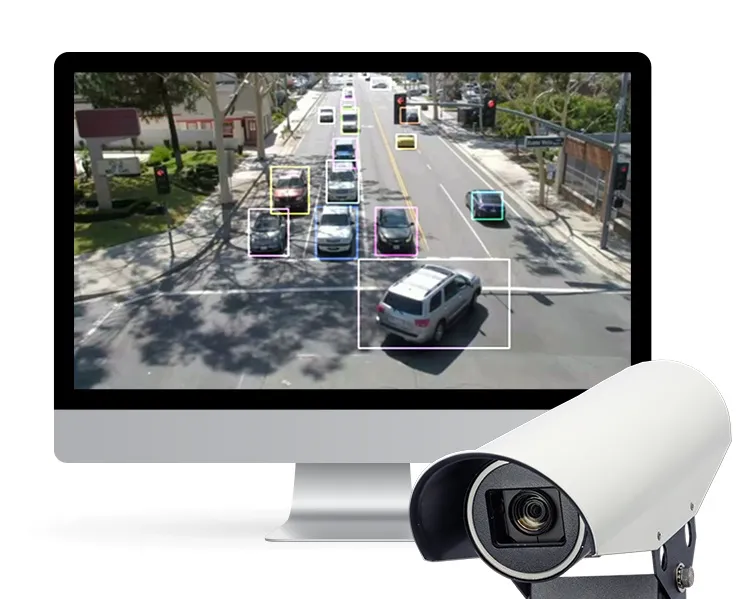As vehicles become highly independent and begin to drive and react to traffic on their own, autonomous systems will aggregate and process data from a variety of on-board sensors and connected infrastructure, says ABI Research.
This forces the industry to hit a hard reset on advanced driver assistance systems (ADAS) architectures, currently dominated by distributed processing and smart sensors. Automotive OEMs will need to adopt new platforms based on powerful, centralised processors and high-speed low la
August 18, 2016
Read time: 2 mins
As vehicles become highly independent and begin to drive and react to traffic on their own, autonomous systems will aggregate and process data from a variety of on-board sensors and connected infrastructure, says 5725 ABI Research.
This forces the industry to hit a hard reset on advanced driver assistance systems (ADAS) architectures, currently dominated by distributed processing and smart sensors. Automotive OEMs will need to adopt new platforms based on powerful, centralised processors and high-speed low latency networking. ABI Research forecasts 13 million vehicles with centralised ADAS platforms will ship in 2025.
James Hodgson, industry analyst at ABI Research, believes the distributed approach to ADAS systems will prove unsustainable as OEMs look to deliver highly automated driving around 2020. The new centralised ADAS architectures will unify sensing, processing, and actuation to deliver integrated decision-making for smooth path planning and effective collision avoidance.
This transition will present major opportunities for vendors new to the industry, as well as old incumbents, including NVIDIA, NXP, and Mobileye, who all announced centralised autonomous driving platforms. While each is in a different stage of development, all have common themes emerging, particularly in relation to processing power. The platforms average between eight and twelve teraflops (TFLOPs), a figure that is orders of magnitude beyond the typical smart sensor currently deployed in ADAS.
Physical separation of numerous dumb sensors and centralised processing will also open up opportunities for in-vehicle networking vendors. Ethernet-based solutions from vendors such as Marvell Semiconductor and Valens Semiconductor are well-positioned to meet the needs of high bandwidth and stringent automotive-grade requirements at a low cost.
"We are fast approaching the end of what can be achieved in automation within the confines of legacy architectures," concludes Hodgson. "While there are not yet any specific standards for centralised ADAS, it is interesting that three separate Tier 2s announced very similar platforms in quick succession. Vendors across the ecosystem need to take this time to plan accordingly in order to appropriately manage the industry transition toward centralised ADAS architectures."
This forces the industry to hit a hard reset on advanced driver assistance systems (ADAS) architectures, currently dominated by distributed processing and smart sensors. Automotive OEMs will need to adopt new platforms based on powerful, centralised processors and high-speed low latency networking. ABI Research forecasts 13 million vehicles with centralised ADAS platforms will ship in 2025.
James Hodgson, industry analyst at ABI Research, believes the distributed approach to ADAS systems will prove unsustainable as OEMs look to deliver highly automated driving around 2020. The new centralised ADAS architectures will unify sensing, processing, and actuation to deliver integrated decision-making for smooth path planning and effective collision avoidance.
This transition will present major opportunities for vendors new to the industry, as well as old incumbents, including NVIDIA, NXP, and Mobileye, who all announced centralised autonomous driving platforms. While each is in a different stage of development, all have common themes emerging, particularly in relation to processing power. The platforms average between eight and twelve teraflops (TFLOPs), a figure that is orders of magnitude beyond the typical smart sensor currently deployed in ADAS.
Physical separation of numerous dumb sensors and centralised processing will also open up opportunities for in-vehicle networking vendors. Ethernet-based solutions from vendors such as Marvell Semiconductor and Valens Semiconductor are well-positioned to meet the needs of high bandwidth and stringent automotive-grade requirements at a low cost.
"We are fast approaching the end of what can be achieved in automation within the confines of legacy architectures," concludes Hodgson. "While there are not yet any specific standards for centralised ADAS, it is interesting that three separate Tier 2s announced very similar platforms in quick succession. Vendors across the ecosystem need to take this time to plan accordingly in order to appropriately manage the industry transition toward centralised ADAS architectures."










